LeDragonArgente
Small Triquetra Charm Pendant
Small Triquetra Charm Pendant
Share
Average Processing Time
Average Processing Time
Sterling Silver & Bronze : 1-2 weeks to make
Stainless Steel : 2-3 weeks to make
Bracelets & Gold : 2-3 weeks to make
Shipping times
Shipping times
Shipping info: Shipping is with tracking and full insurance. For international buyers, please be aware of taxes & duties are payable to your country by the buyer and is not collected by me.
Standard Shipping
Canada & USA: 1-2 weeks regular mail
Internatonal: 3-6 weeks depending on customs inspections
DHL Shipping Upgrade : 3-8 business days
Return Policy
Return Policy
For anything other than gold or custom orders, I will accept returns only as long as I am notified and is mailed back to me in Canada within 14 days of you receiving it in the original packaging and in an unworn condition and will be subject to a 10% restocking fee. Shipping is non-refundable.
I must be contacted first before attempting to return the item, or it will be considered a forced return, thus voiding the refund option.
Customers are responsible for the return shipping costs and I will refund minus the restocking fee on the item once I've received it back in my hands.
Important info about gold jewellery & Special Orders: All my gold jewellery is made per order and is not eligible for returns or refunds. Gold orders are not stock items as they are made only upon ordered. So please take this into consideration when you place your order.
Ordering from the UK and EU? Please read update.
Couldn't load pickup availability
Check out my Small Triquetra Pendant, inspired by the one from Charmed! I designed this pendant to be the perfect size for everyone—yes, men and women alike—so you can wear a piece of magical history every day. Available in .925 sterling silver, antique bronze or stainless steel.
This pendant is more than just a nod to the Halliwell sisters; it’s a celebration of the Triquetra's symbolism. The Triquetra represents unity, interconnectedness, and the powerful bond between loved ones. It’s a beautiful reminder of the strength we find in our connections, both in the magical world of the famous witchy tv show and in our own lives. Plus, if you’re looking for something bigger, I’ve got a larger version too! Embrace the magic and let this pendant spark some joy in your everyday adventures!
DETAILS
- Pendant Dimensions: The pendant is 1.9cm high & 1.9cm wide. The bail has a 3mm wide opening, perfect for many chains.
- Materials: available in either .925 sterling silver, a mix of 92.5% fine silver and 7.5% copper, or antique bronze, a mix of 90% copper and 10% tin. Both are free of nickel, zinc or cadmium, which are common metal allergens, which can cause rashes and sores. For more info on bronze, you can read the blog post about it or consult my FAQ
- Stainless steel is an affordable material to create hypoallergenic jewellery for those sensitive to costume jewellery. Stainless steel is a tougher material than gold and silver and is ideal for everyday wear for those that are hard on your jewellery. The stainless steel I use is 316L grade to make sure you get no allergic reactions as 316L grade stainless steel is nickel free, lead free and cadmium free. Moreover, stainless steel is water resistant and doesn't tarnish and doesn't required a lot of care. It does take more work to finish pieces cast in stainless steel and can take longer to get cast, so the processing time is 2-3 weeks depending on the caster.
- Shipping: Shipping is with tracking and full insurance. For international buyers, please be aware of taxes and duties are payable to your country and must be paid by the buyer and is not collected by me.
- Due to the high cost of materials, chains are not included with any of my pendants. If you are looking for a chain, you have a selection found in my Chains & Engravings section of my shop.
- For any questions about my materials, processing time, and more, check out my FAQ for more info!
The Triquetra, or "trinity knot," has a rich and fascinating history that dates back to ancient Celtic symbolism. This beautiful design, which represents unity and the interconnectedness of mind, body, and spirit, is formed by three overlapping shapes known as vesicae piscis. The way these shapes intertwine speaks to the harmony and balance in life, making it a perfect symbol for anyone drawn to the mystical and magical realms.
The Small Triquetra Pendant isn't just a pretty piece of jewellery—it's a meaningful gift that resonates with anyone who appreciates symbols of connection and spiritual growth. Whether you’re celebrating a special occasion or just want to share a piece of enchanting symbolism with someone special, this pendant is sure to be cherished. It captures the essence of the Halliwell sisters and their adventures, all while embodying the deeper significance of the Triquetra itself.
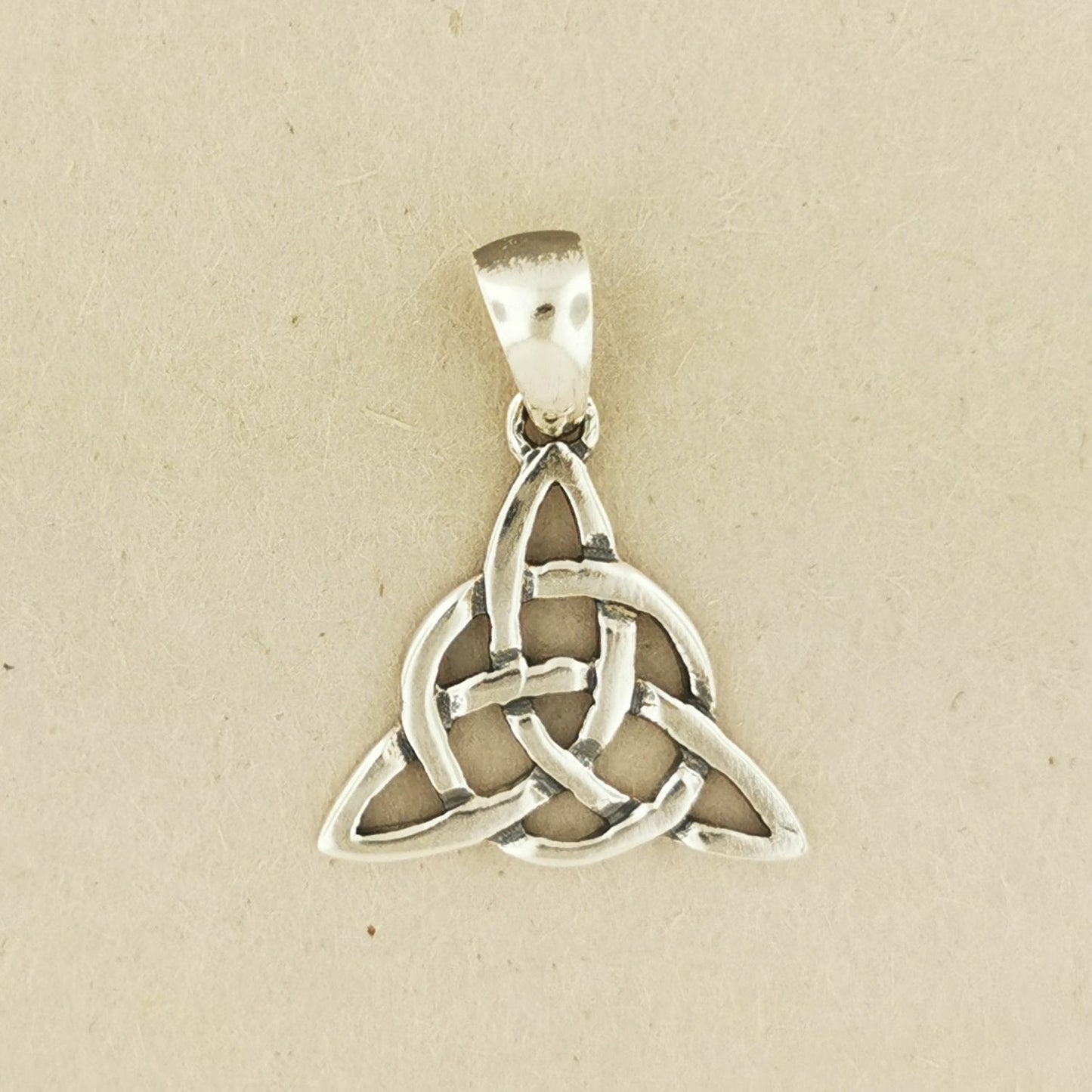
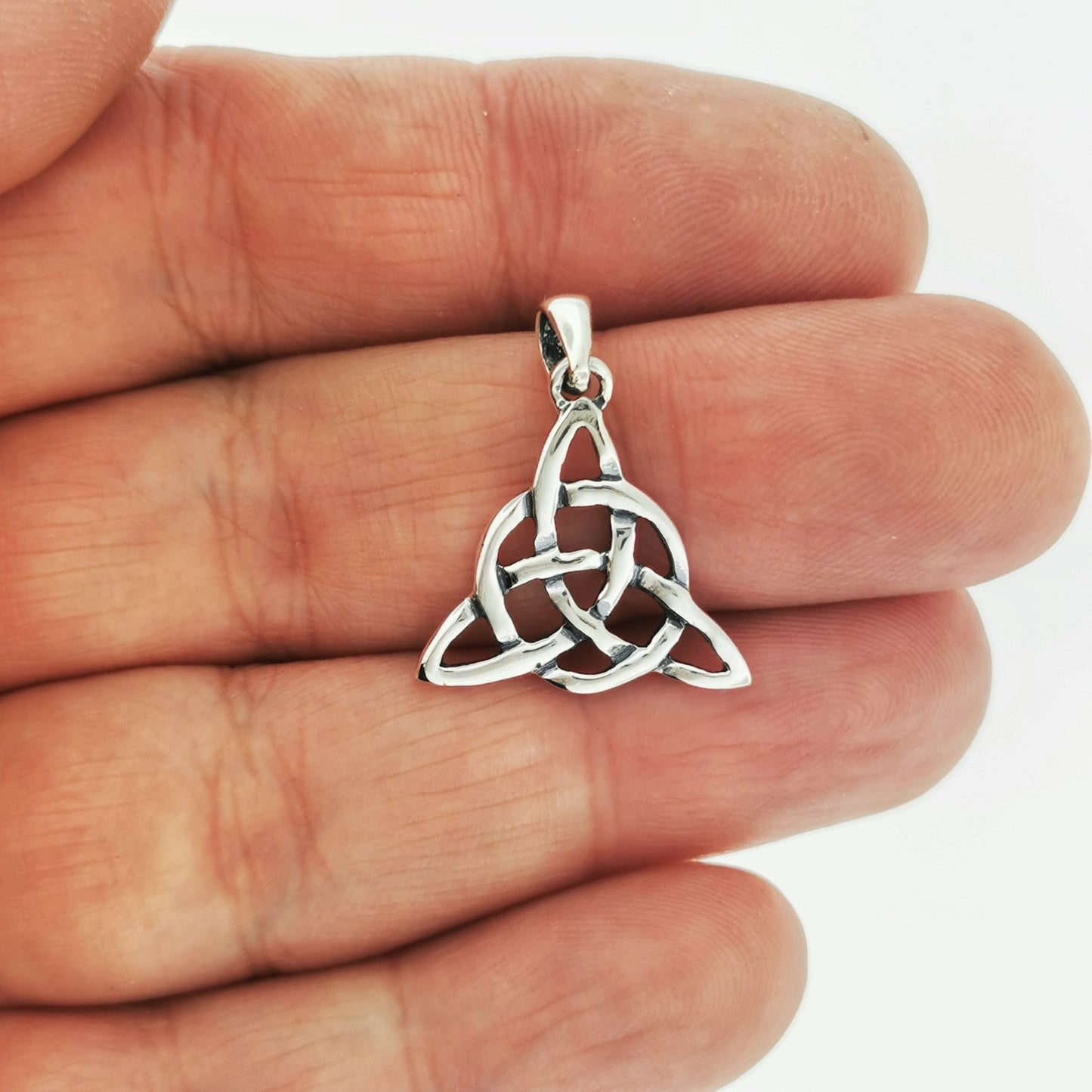
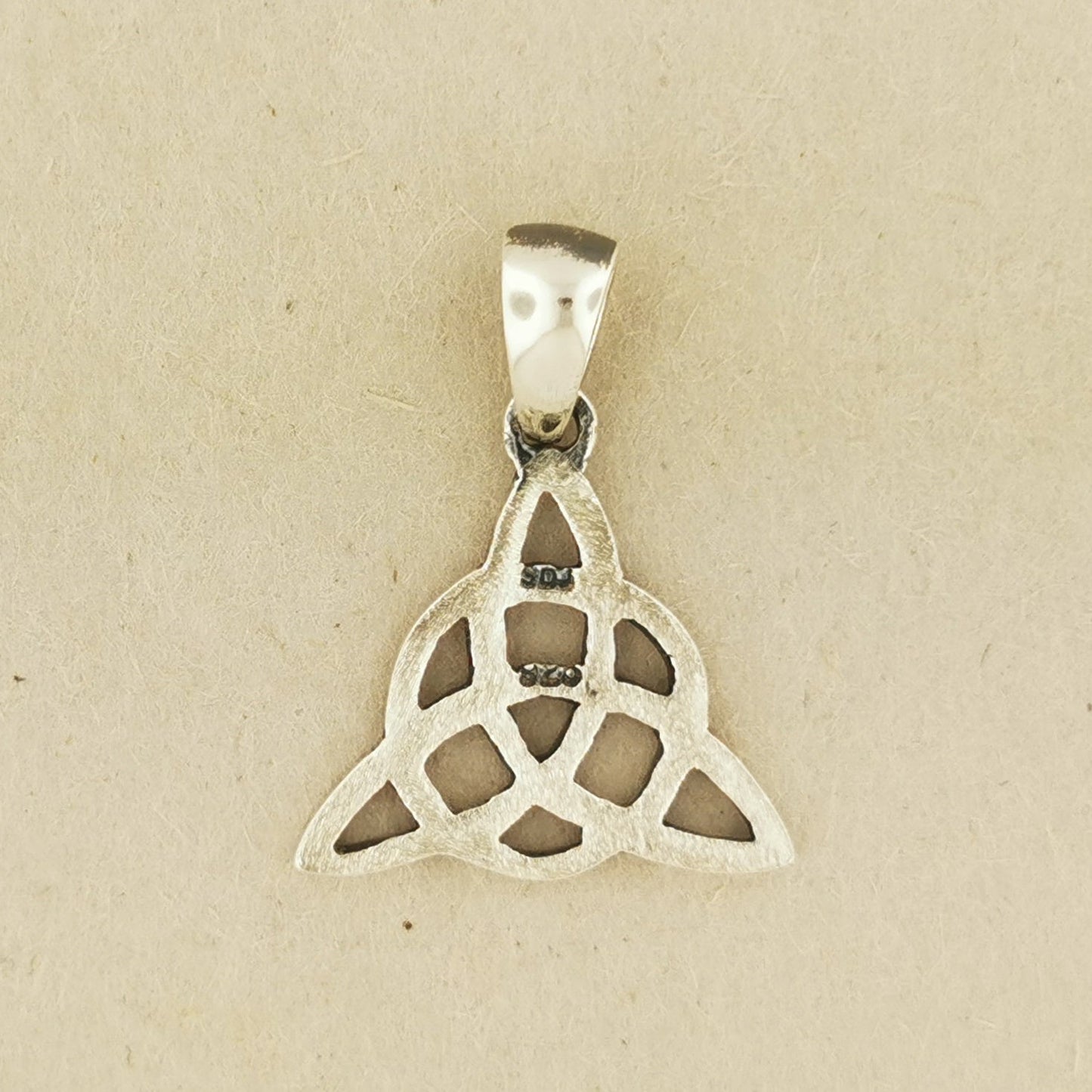
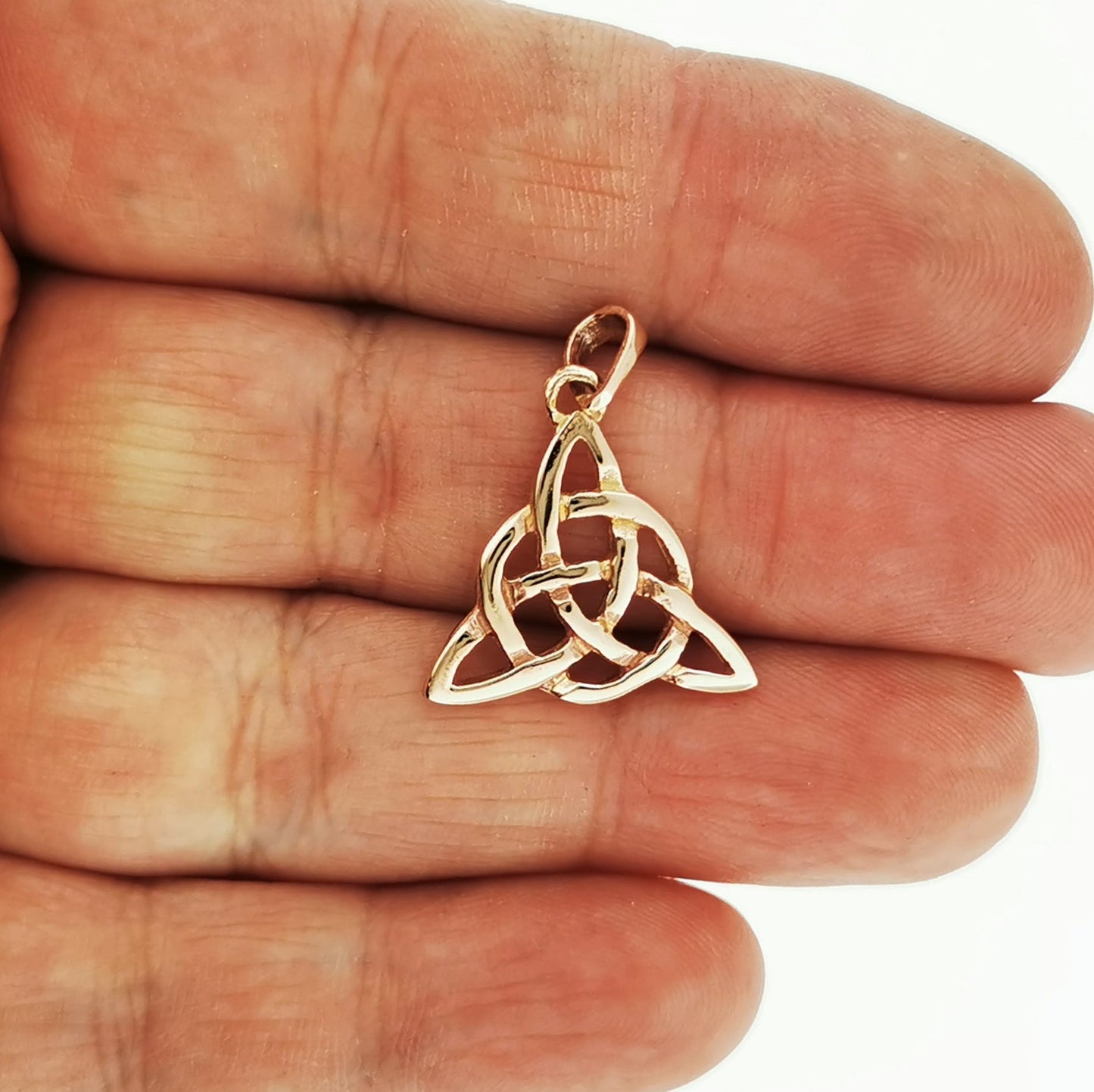
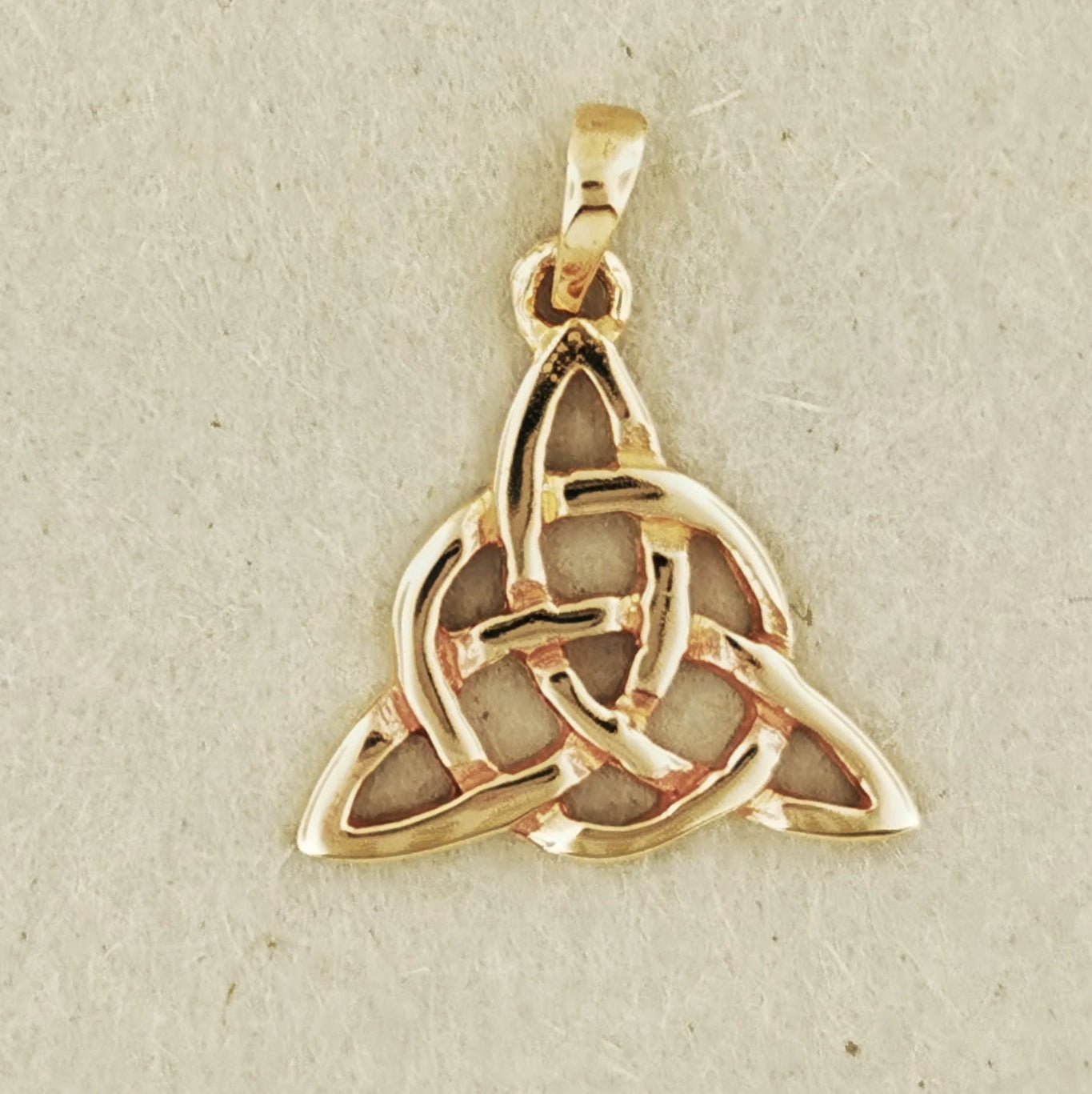
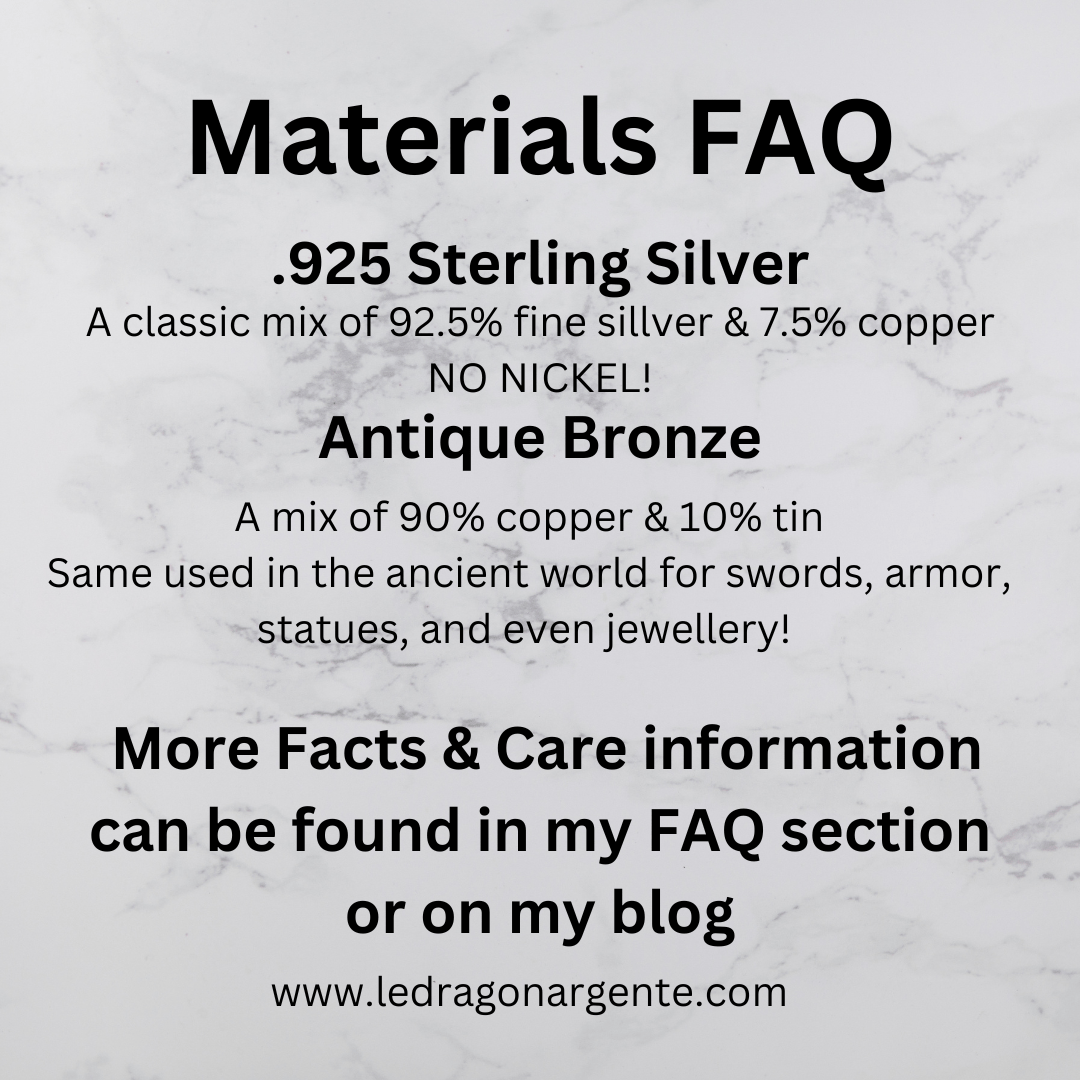
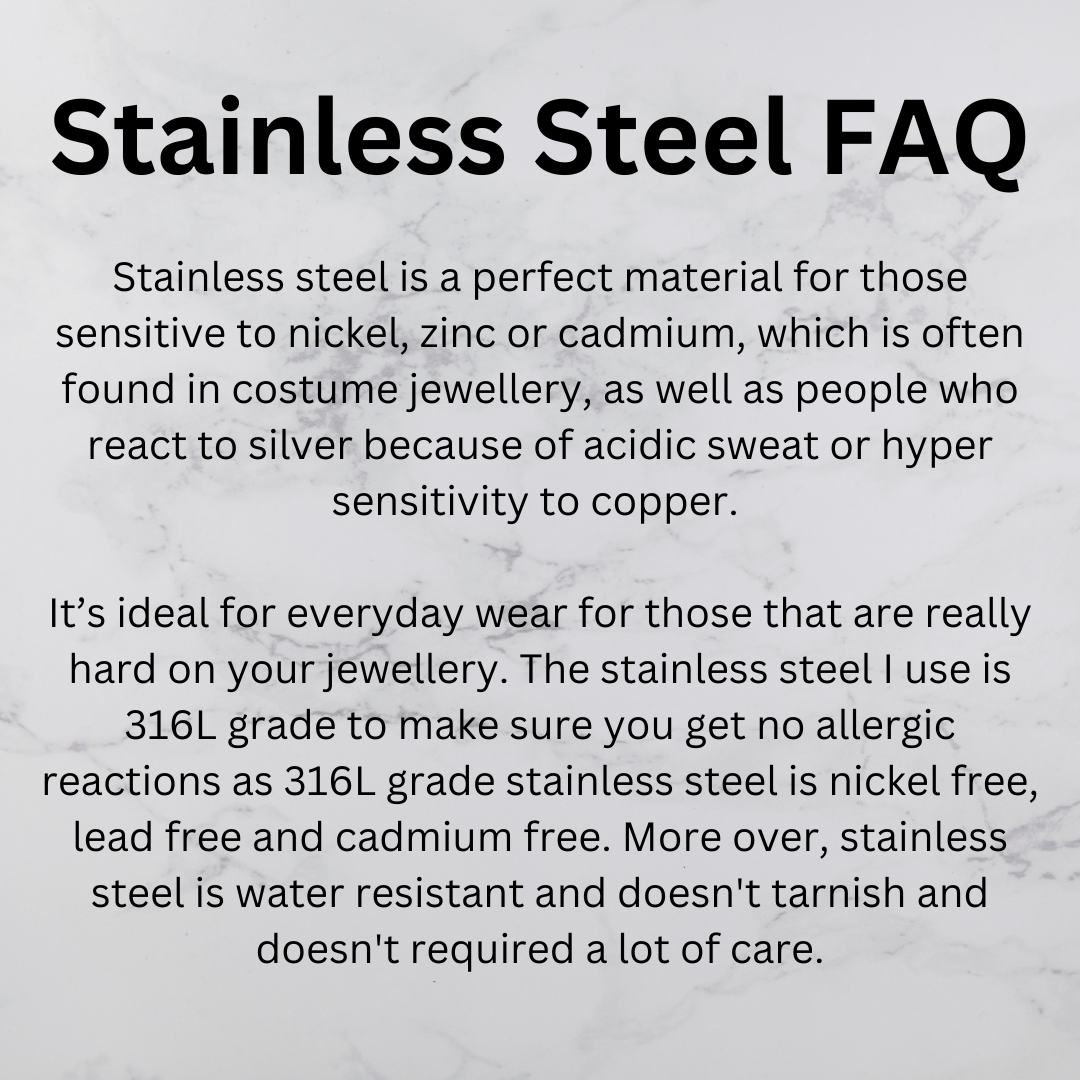
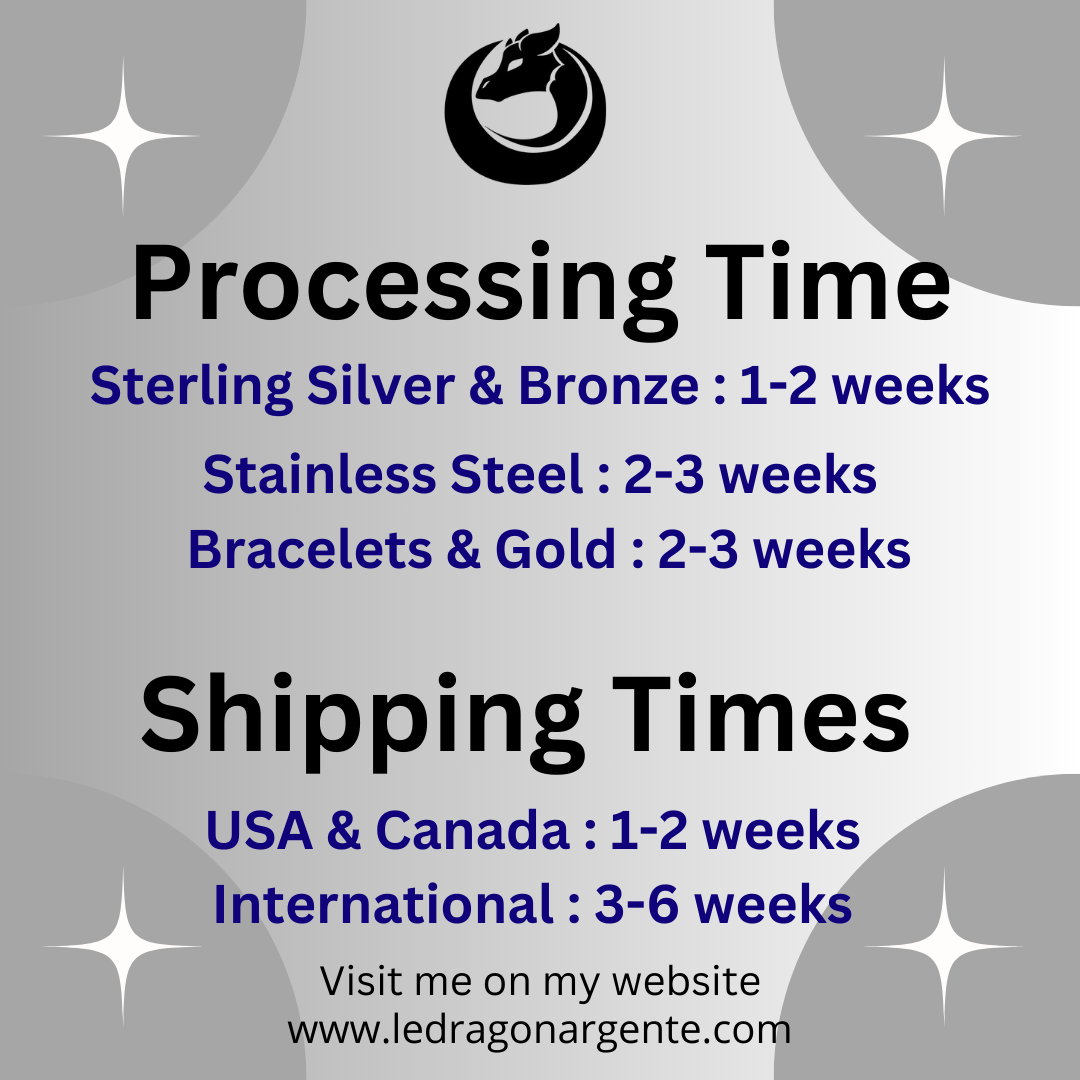
JOIN MY MAILING LIST!
Want to be kept in the loop about upcoming shows, updates, and special deals? Join my mailing list and get exclusive news and discounts just for being a fan!








